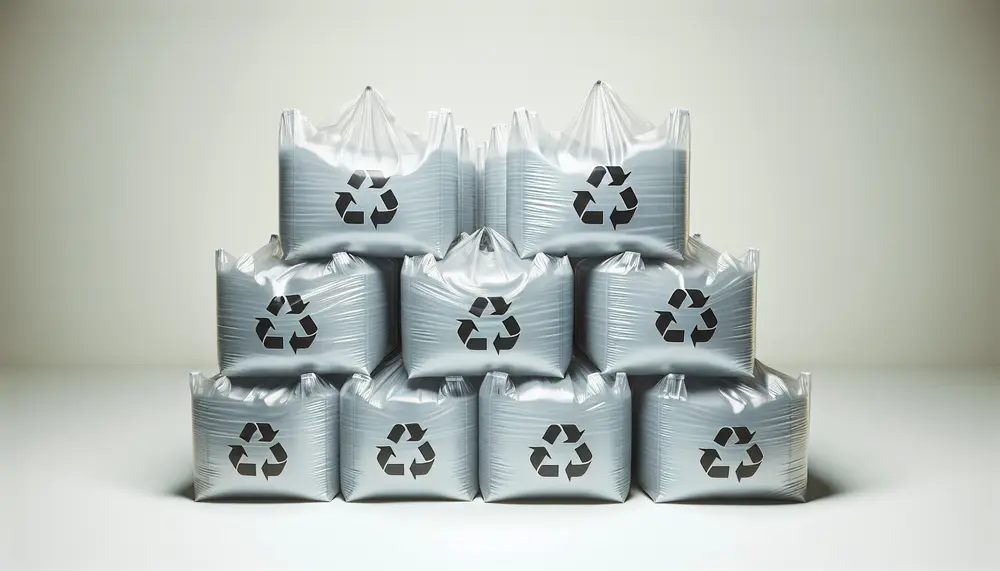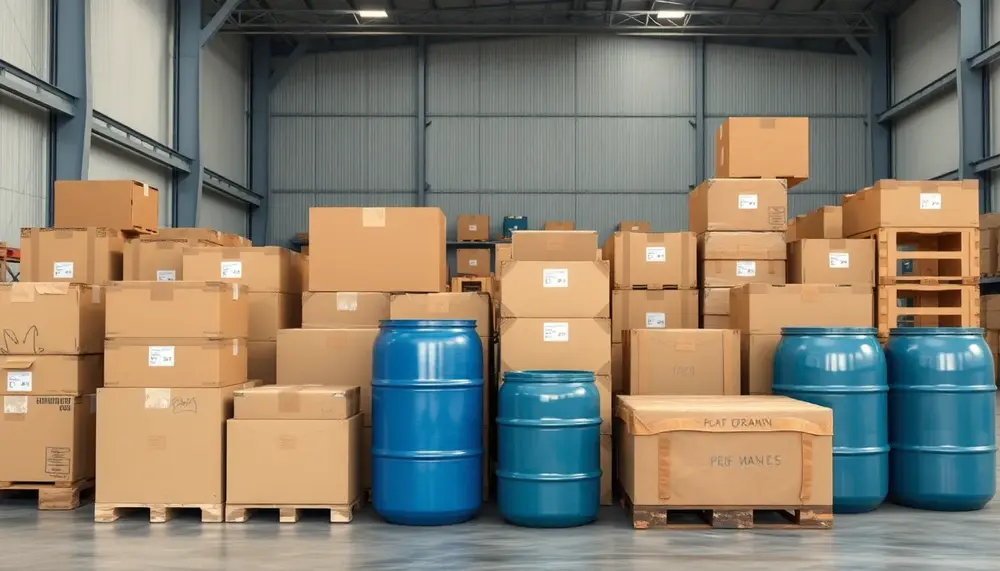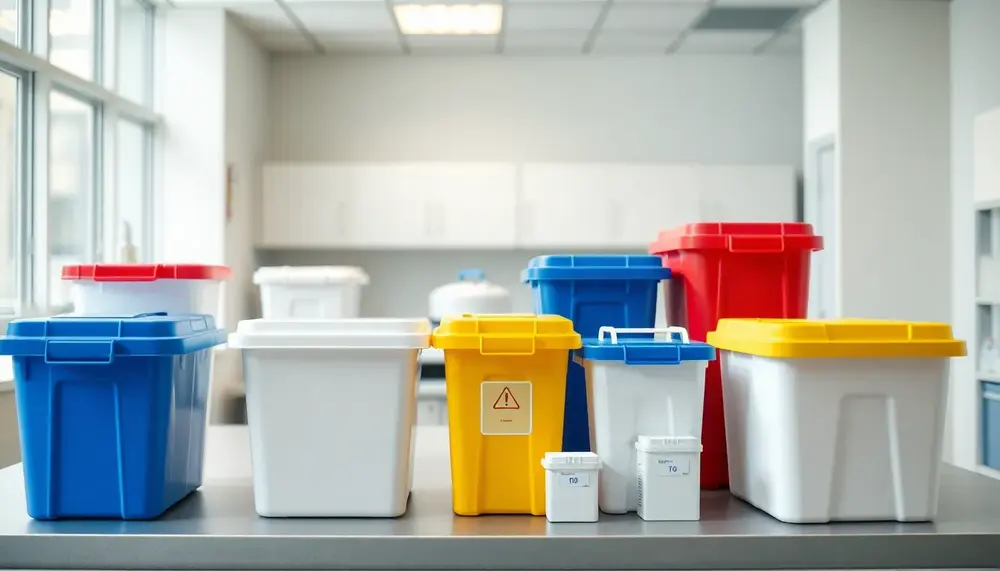Non-hazardous
Non-hazardous
Non-hazardous
In the context of packaging, the term non-hazardous refers to materials or substances that do not pose a risk to health, safety, or the environment. These materials are safe to handle, store, and transport without special precautions.
Why Non-hazardous Packaging Matters
Using non-hazardous packaging is crucial for several reasons. First, it ensures the safety of workers who handle the packaging. Second, it reduces the risk of environmental damage. Lastly, it simplifies compliance with regulations.
Examples of Non-hazardous Materials
Common examples of non-hazardous materials include cardboard, paper, and certain plastics. These materials are widely used in packaging because they are safe and easy to recycle.
Benefits of Non-hazardous Packaging
There are many benefits to using non-hazardous packaging. It is safer for everyone involved in the supply chain. It also tends to be more environmentally friendly. Additionally, it often costs less to manage and dispose of.
Conclusion
In summary, non-hazardous packaging is a key aspect of safe and sustainable packaging practices. By choosing non-hazardous materials, companies can protect people and the planet while also saving money.
Blog Posts with the term: Non-hazardous

HDPE bags are known for their strength, flexibility, and eco-friendliness due to their robust molecular structure; they resist impacts, chemicals, moisture, and temperature variations while being recyclable. Their durability allows multiple uses and secure transportation of goods with less environmental...

Bulk packaging is a crucial component of logistics, focusing on efficiency and cost-saving by using large containers like IBCs, drums, and pail buckets to transport substantial quantities of goods safely. It involves selecting the right materials—such as fiberboard boxes or...

Pharmaceutical waste containers are essential for safely managing hazardous and non-hazardous pharmaceutical waste, protecting public health, the environment, and ensuring regulatory compliance. Choosing the right container involves understanding waste types, prioritizing features like durability, secure lids, clear labeling, and proper...
